Hannah Brontë
POWA WAVE
2021
HD Video with sound
5 minutes 49 seconds
Located in the UTS Central, Jones St Lobby
Building 2, Level 4A
(CB02.4A)
The history of surfing has its roots firmly planted as far back as the 12th century in Polynesia, predating any European contact. Imagery is depicted on cave walls of humans surfing towering waves. The contemporary surf culture we see today was developed by the first peoples of Hawaii and popularised in the Americas. We didn’t see surfing on the island of “Australia” until 1914, when Hawaiian Great Duke “the Big Kahuna” Kahanamoku surfed a 16-foot pine Malibu on Manly Beach, Sydney.
There are now 2.7 million surfers nationally and yet being a Queer surfer is still considered dangerous and taboo. Being a woman in the surf, let alone a Queer woman, takes a sport so freeing and transcendent and makes it a radical act of defiance. POWA WAVE is a Queer romance that follows two lovers in the waves. They joyfully and powerfully walk on water, connected to each other and the ocean. Water supports them completely, letting them be weightless and held in their love and wild Queer joy. The lovers wear sweet suits, costumes that adorn Queer bodies to make the world gentler. The sweet suits are love letters to the camp history of wearable art and are decorated with the incantation ‘me and my love are safe in the waves’. POWA WAVE is the freedom to repaint the world with the beauty and complexity of people in love. You are close enough to smell the salt.
-Hannah Brontë
Hannah Brontë is the sixth artist to be commissioned for the UTS Broadway screen, a program of site-specific digital art commissions by leading Australian artists located in UTS Central (Building 2).
Hannah Brontë (b. 1991 Brisbane, Queensland) is an artist living and working on Yugambeh country, whose body of work explores the feminine experience, and its intersections with queerness, spirituality and motherhood journeys. She makes video, textiles, texts and soundscapes that present speculative dreamscapes and alternate universes through her own distinctive kaleidoscopic lens. Brontë has collaborated with spiritual and physical healers and is interested in appplying these practices within art-making to expand connection and community. Brontë is also an established DJ, a trainee birthing doula and the Creatrix of Fempress – an ongoing series of immersive dance experiences that use the magic of the club to collectively imagine futures together.




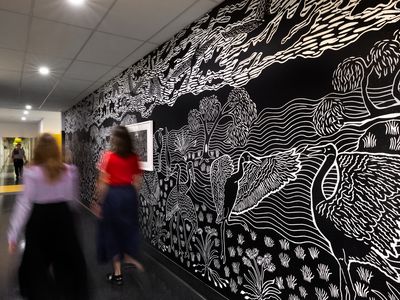

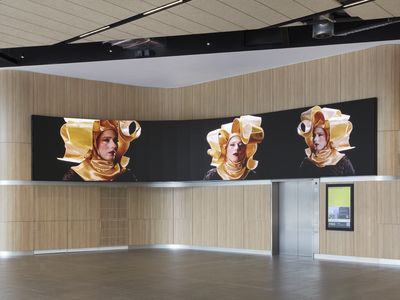
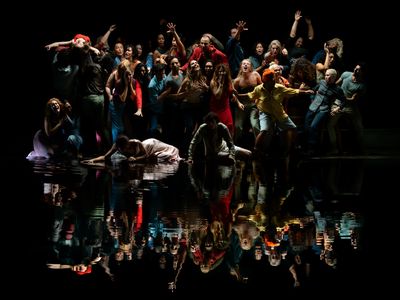
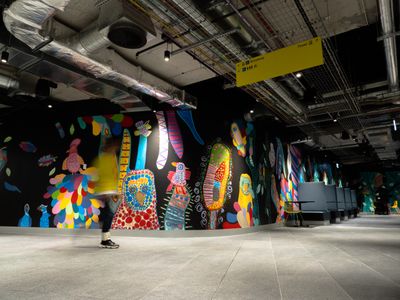
/https://uts-art-prod.s3.amazonaws.com/media/dd/images/e13b96183e5209d5a0c51399ffeaa31d.jpg)
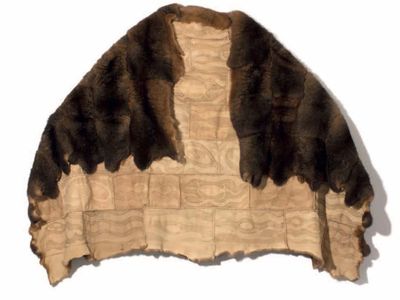
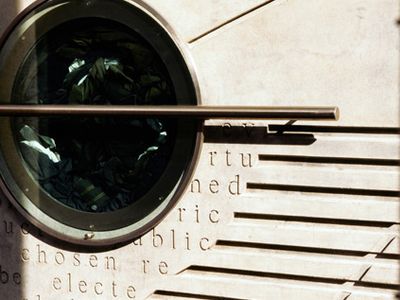
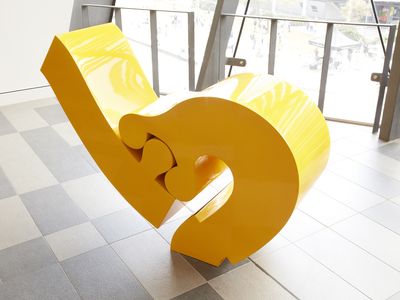
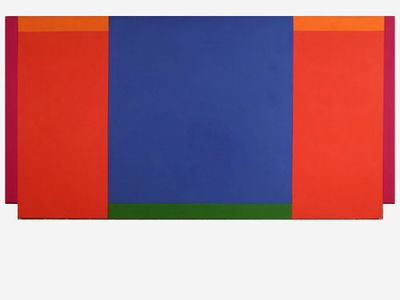
/https://uts-art-prod.s3.amazonaws.com/media/dd/images/00c7ff730a073ca9a6dd6aa34a23f2bb.jpg)